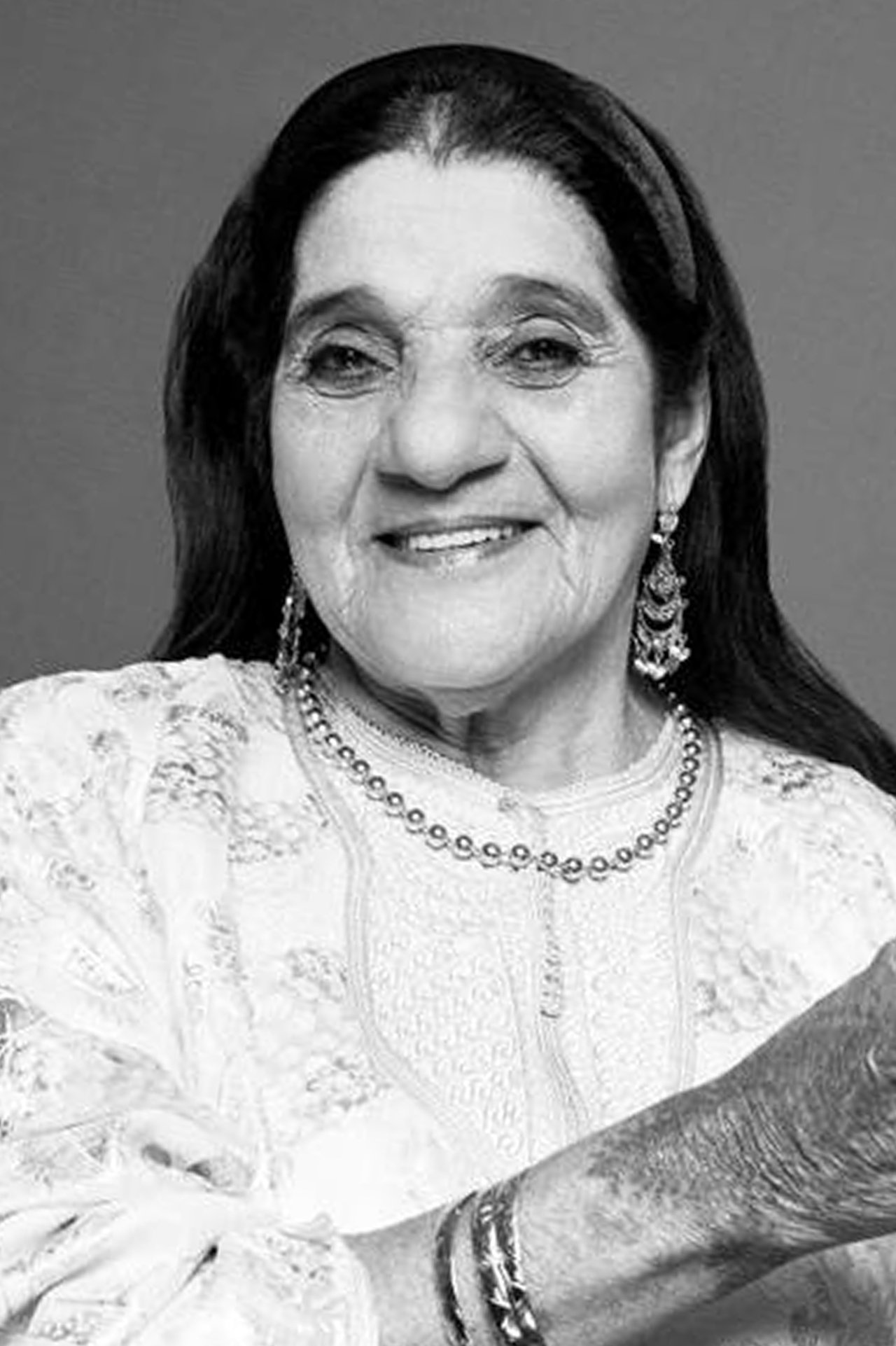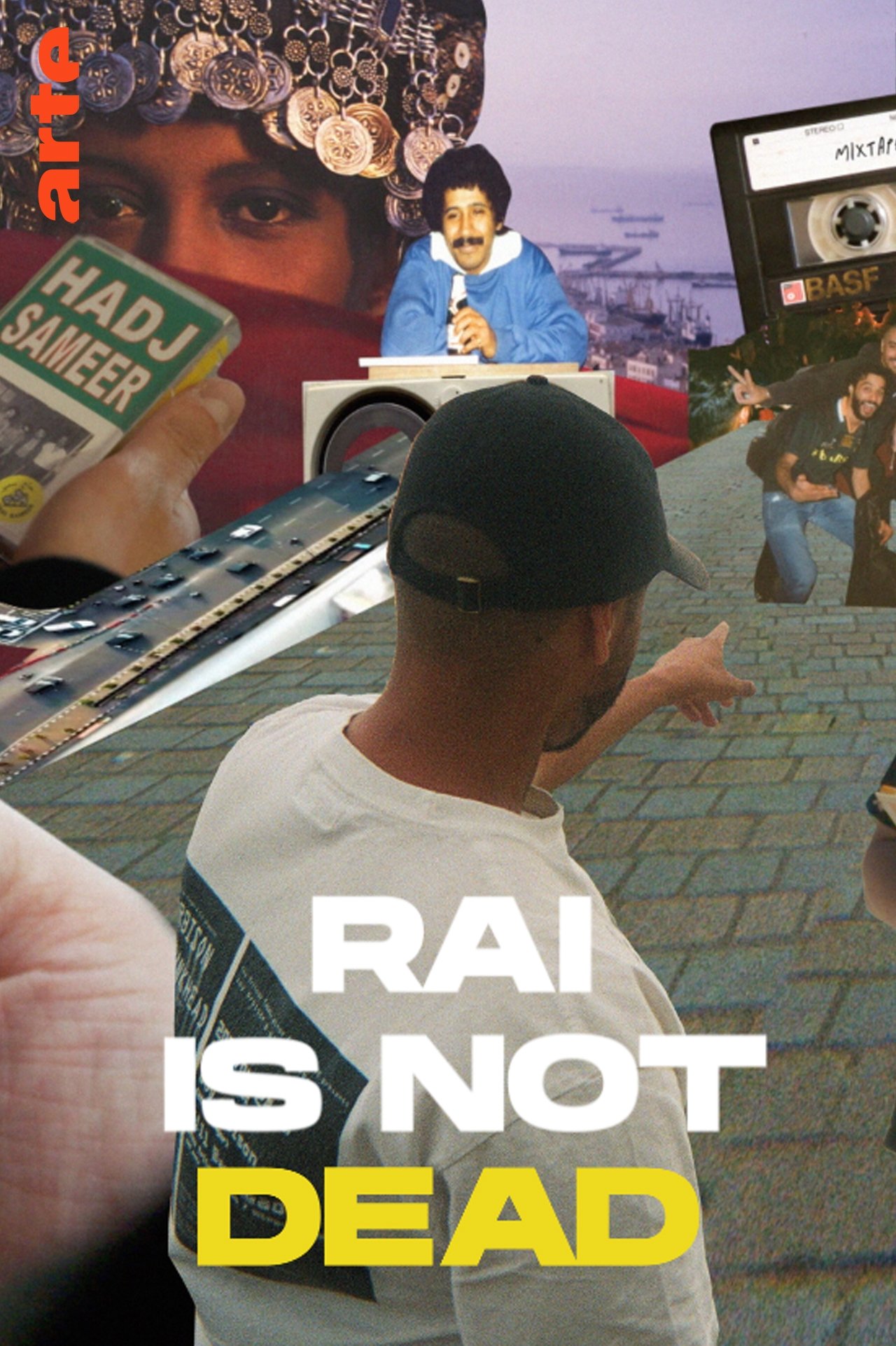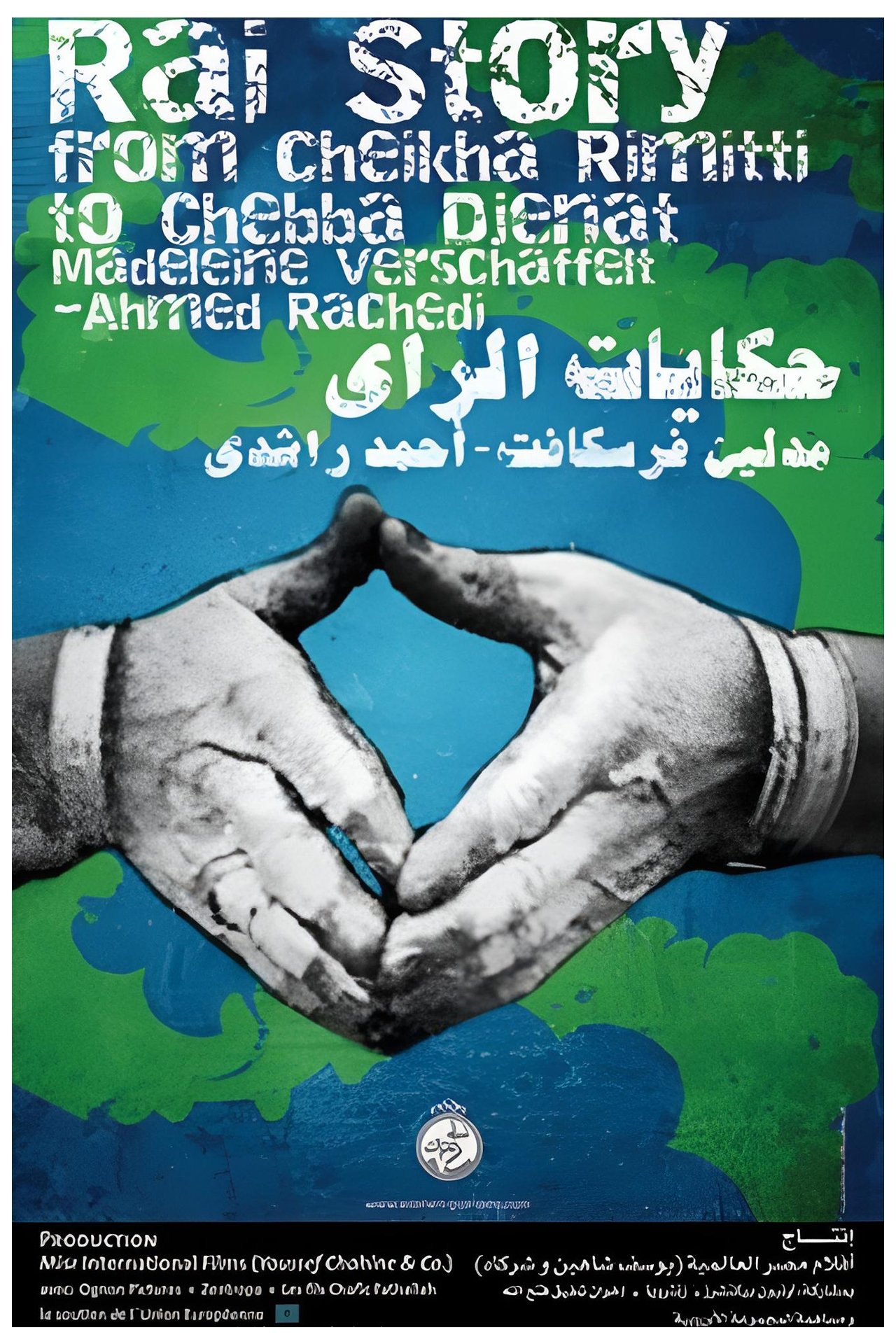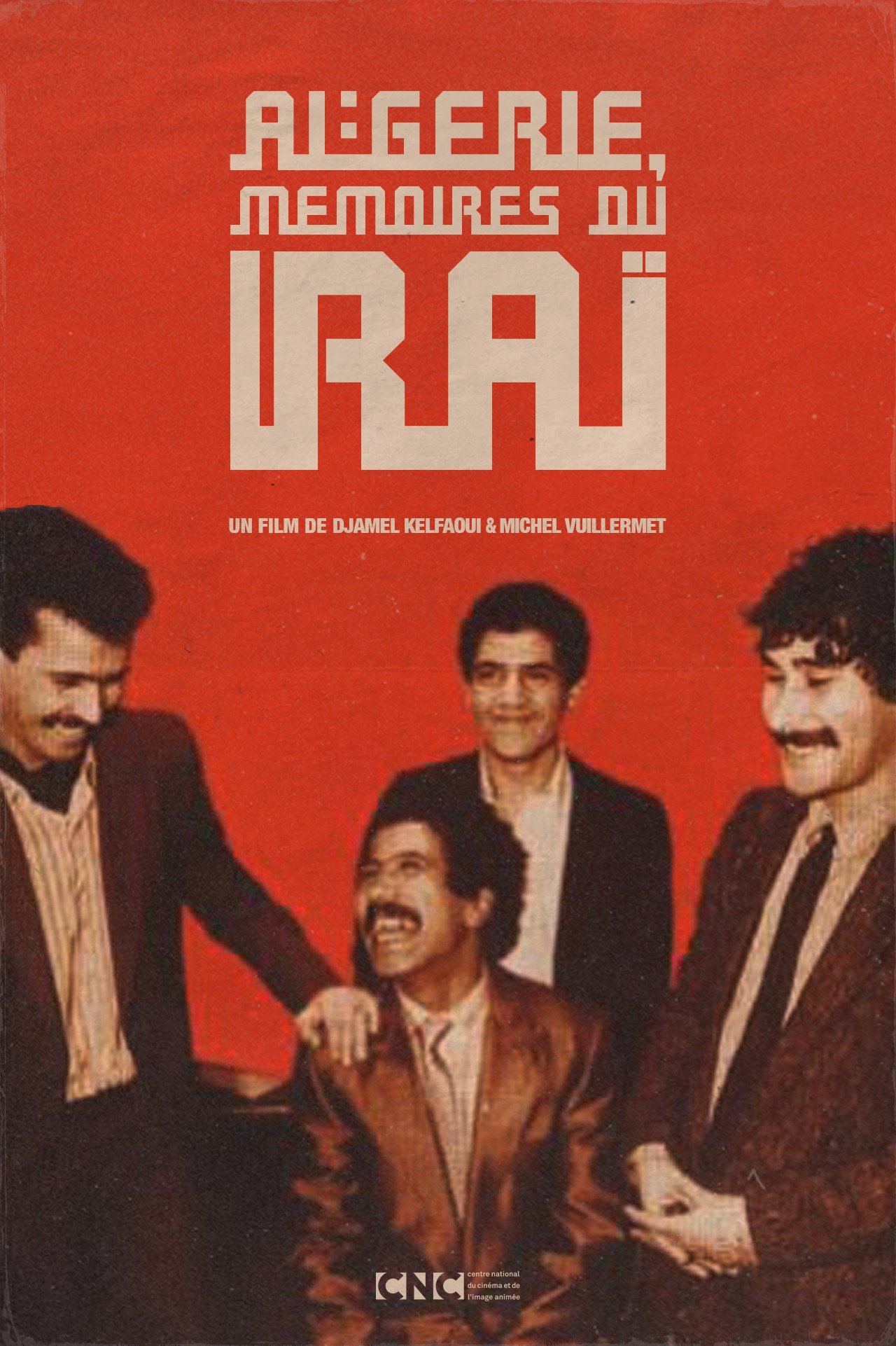
Cheikha Remitti
Birthday: Born in 1923-05-08 in Tessala, Algeria
Deathday: 2006-05-15
Cheikha Remitti (in arabic : شيخة ريميتي), or simply called Rimitti, whose real name is Sadia Bedief, born on May 8, 1923 in Tessala, near Sidi-Bel-Abbès, in Algeria, and died on May 15, 2006 in Paris 18e, is an Algerian musician and singer of raï. She was nicknamed the "Granny of Raï", of which she was the major female and feminist figure in the history of music in North Africa. Cheikha Remitti was born in Algeria in Tessala (a town located near Sidi Bel-Abbès, in Oranie) on May 8, 1923. She is originally from Ammi Moussa, Wilaya of Relizane of the large Berber tribe Beni-Ouragh. Cheikha Rimitti was one of the first women to sing, like men, to a background of gasba flute and long galal drum. To this style, she added the raw language and rough, almost spoken style of the meddahates, who introduce teenage girls to the joys and pitfalls of love by singing for exclusively female assemblies. She was a singer considered the spiritual mother of raï and the mother of modern raï. She composed more than 200 songs. For all raï musicians, she embodies a queen, "THE" great lady venerated by all the singers of the younger generation who see in her "the Mother of the genre", Rachid Taha will dedicate the song, "Rimitti" to her. She was steeped in rural singing at a very young age. Orphaned, raised by "bosses" whom she left as a teenager to follow a troupe of nomadic musicians, the Hamdachis, the young Saïda experienced poverty and epidemics before launching into song in the 1940s, with the help of the musician Cheick Mohamed Ould Ennems, in Relizane, Oran and Algiers. After Independence, her songs earned her censorship from certain Algerian politicians. Rimitti provoked both the censoring government and strict Islam. Singing about love, women, alcohol, tangled bodies, freedom, feminism... She earned herself a sulphurous reputation from her first success, Charrak Gatta in 1954. Its name would indeed come from the injunction "Remettre" (a tour): "rimitti", with the accent. In 1971, she suffered a terrible car accident in Algeria, three of her musicians were killed and she fell into a coma. In 1976, she made the pilgrimage to Mecca, and stopped drinking alcohol and smoking, which had no impact on the themes of her songs. Cheikha Rimitti moved to Paris in 1978, where she hosted evenings in cafés, including the famous "Bedjaïa Club", until the Bobigny Festival in 1986, which launched the raï fashion in France. She gradually became the international ambassador of raï, while she could not stand all "these young cheats", as she herself said, and continued to expand her audience. She gave a concert in 1994 at the Institut du monde arabe as well as in the major world capitals. The album Nouar (2000) will win the Grand Prix du disque of the Académie Charles-Cros. Rimitti further widens his audience at the end of the 1990s by trying experiments, as in Sidi Mansour (1994) with Robert Fripp (of King Crimson), Flea, the bassist of the Red Hot Chili Peppers and East Bay Ray (of the Dead Kennedys), or in the more electronic N'ta Goudami (2005).
TV Credits

Raï Is Not Dead
Character: Self (archive footage)
What musical genre can claim to have gone, in the space of fifty years, from a hidden cabaret in Oran to Super Bowl halftime? Born in Algeria at the end of the Second World War, the raï wave spread from the cabarets of western Algeria to the cassette shops of Barbès in Paris, before sweeping the world at the end of the 1980s. its hybridization, the intoxicating music traveled from Algerian and French weddings to the biggest international stages, before suddenly disappearing from the radar at the...
Movie Credits

Raï Story: From Cheikha Rimitti to Cheba Djenet
Character: Self
Raï Story is a musical journey in search of the Raï legend, Cheikha Remitti, in Oran, Algeria, where the Raï musical tradition began. In 1923, the first Raï singers performed behind screens during ceremonies to protect their identity. It was only when the music of singer Cheikha Remitti began to gain popularity among the general public that Raï music was made public, in the 1940s. Cheikha Remitti, who lives between Paris and Oran, is nowhere to be found, the filmmakers then decide to meet produc...

Algeria, Memoirs of Raï
Character: Self
In the 1980s, Algeria experienced a tumultuous social context which reached its peak during the riots of October 88. This wave of protest, with youth as its figurehead, echoed the texts of raï singers. Thirst for freedom, misery of life and the aspirations of youth are among the main themes of their works which will inspire an entire generation. More than music, raï celebrates the Arabic language and becomes a vector of Algerian culture, thus providing the cultural weapons of emerging Algerian n...